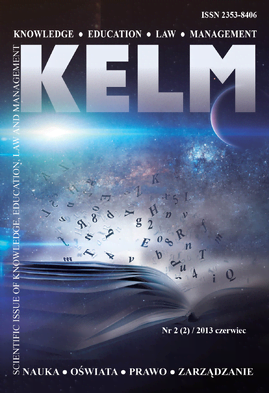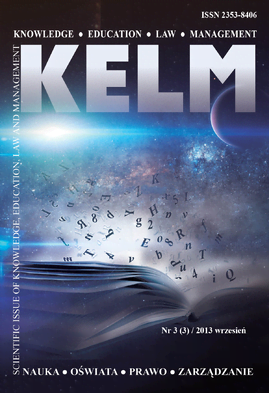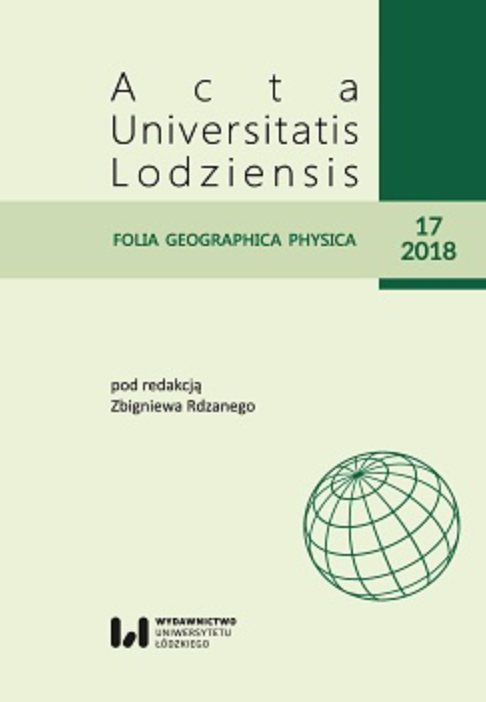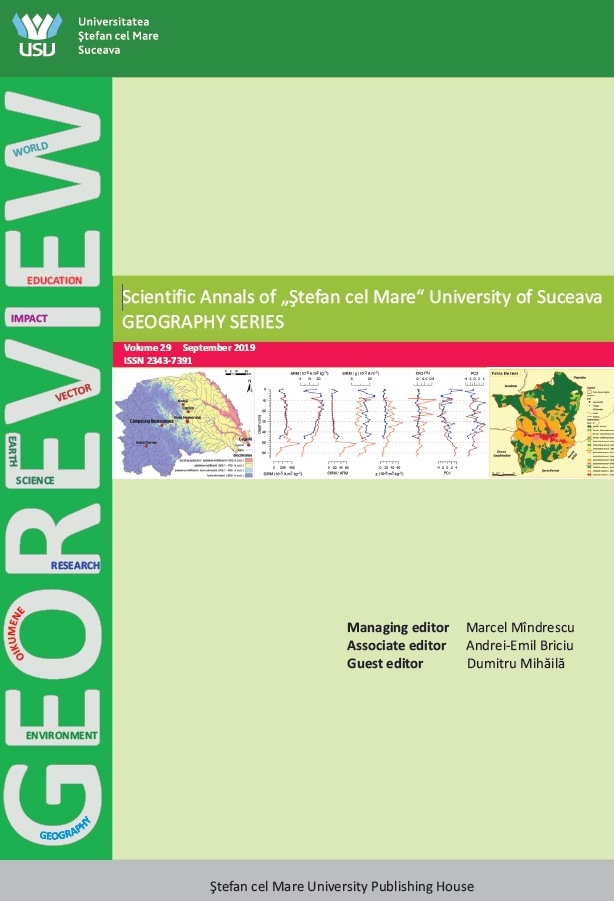Author(s): Faye Cheikh / Language(s): English
Issue: 2/2018
Since the 1970s, West African streams experienced profound modifications connected to pluviometric deficit, which have influenced on a strong decrease of water resources. The objective of this study is to analyze trends of precipitation at the six selected stations in the Senegalese part of Gambia River basin, using graphical and statistical approach. Methodology is consisted of an analysis of monthly, seasonal and annual variability of precipitation for the 1971-2010 period, through Non-parametric tests. Study revealed a strong variability and often a contrasting evolution between various stations (Kédougou, Simenti, Tambacounda, Kounghel, Nioro and Goudiry). Between the periods 1971-1990 and 1991-2010, the value U of Mann-Whitney, had changed from 60 to 40 at Tambacounda, 64 to 59 at Kédougou and 63 to 51 at Simenti station, which showed non-significant trends in annual total precipitation for the studied period. Sen’s estimator revealed significant descending trends on Kédougou station (9.812 mm/year for the period 1971-1990 and 0.309 mm/year for the period 1991-2010), and Simenti station too. On the other hand (in the whole article), on the stations of Tambacounda, Goudiry and Koungheul, the reduction is noticed for the period 1971-1990 (3.658 mm/year on Tambacounda), and an increase is noticed in the period 1991-2010 (13.21 mm/year on Tambacounda). For the station Nioro, on other hand, increase is noted in both periods (3.801 mm/year and 8.841 mm/year). The assumption is that these significant trends of precipitation during the last four decades could be attributed to the climate changes.
More...




